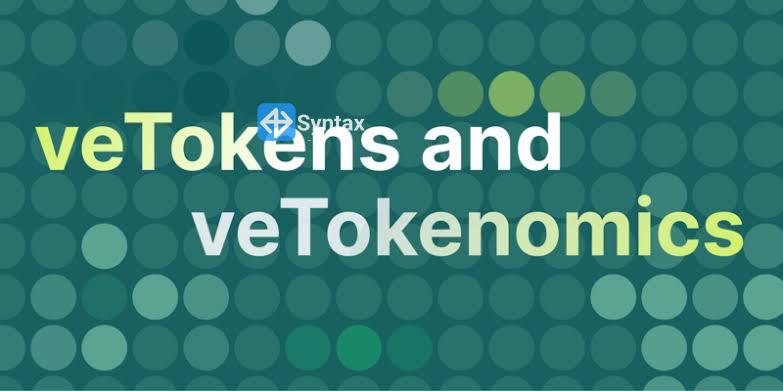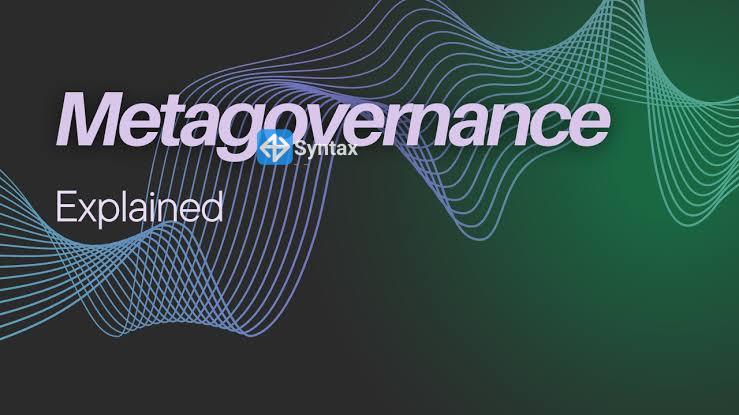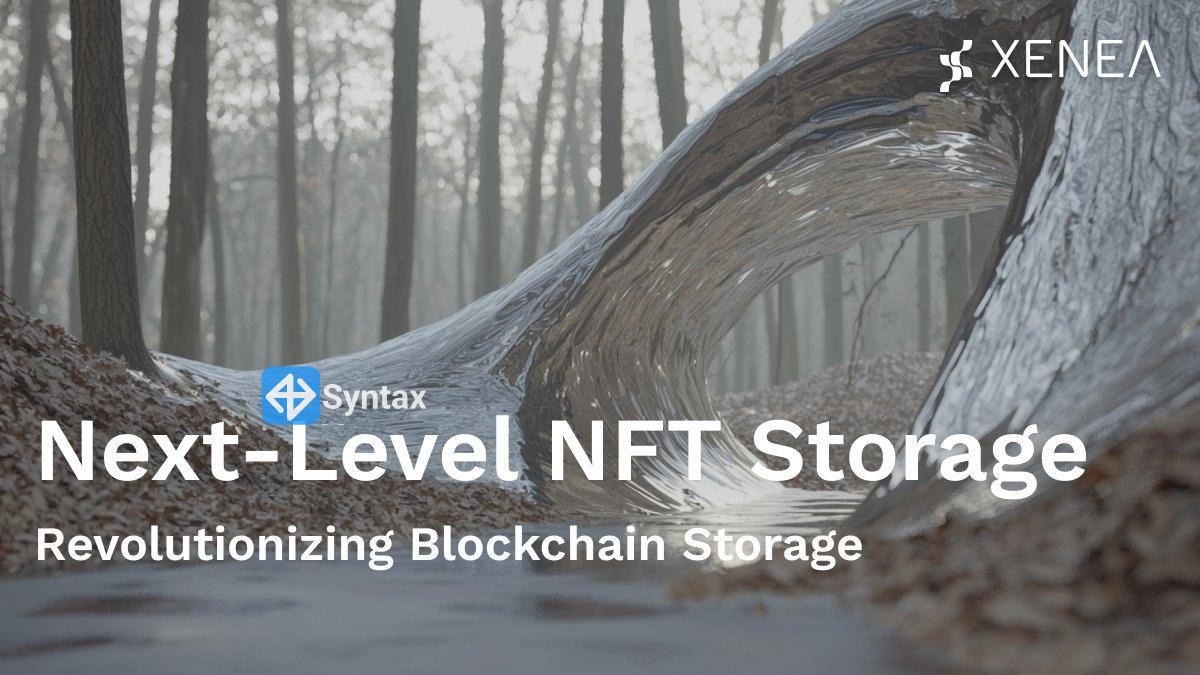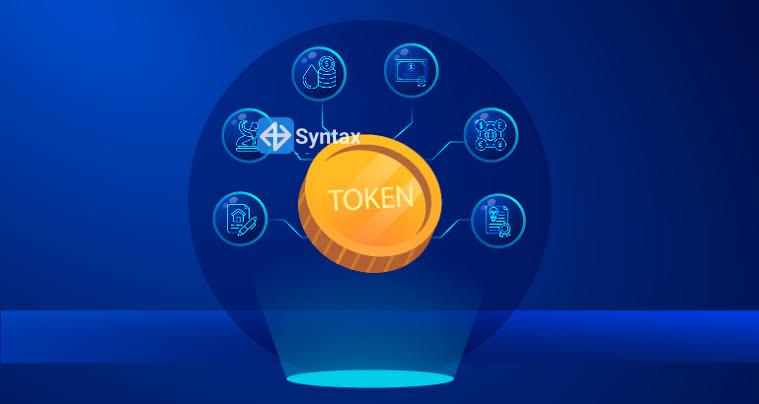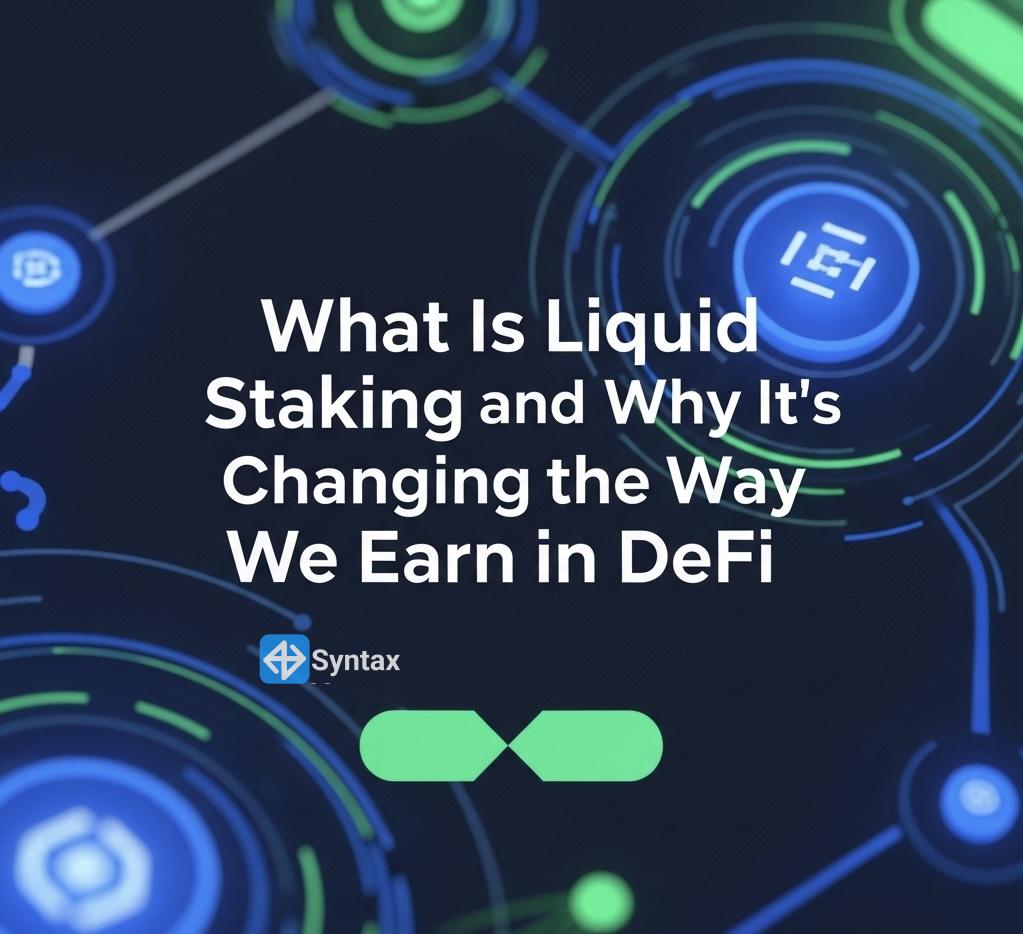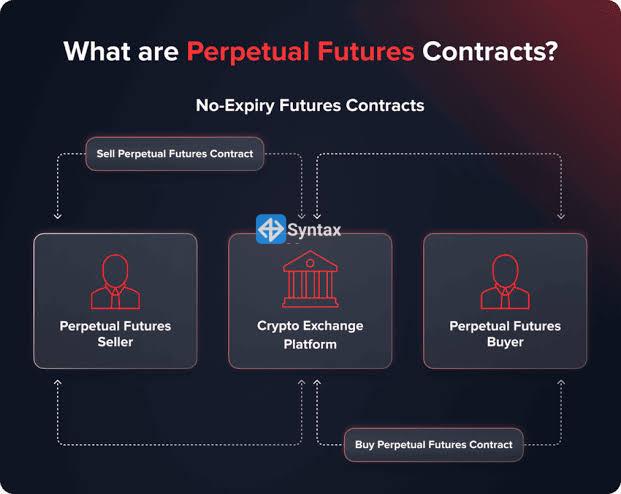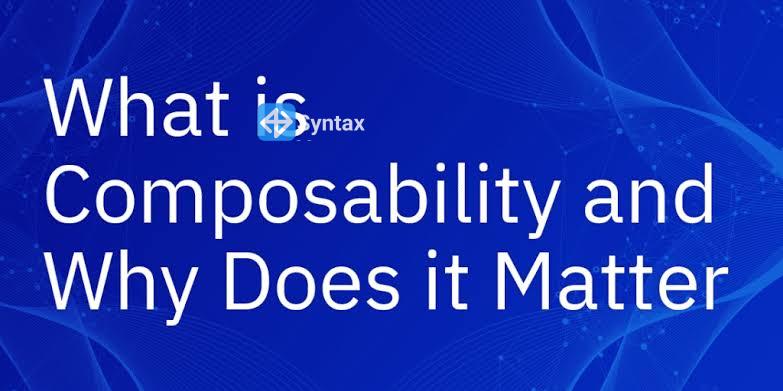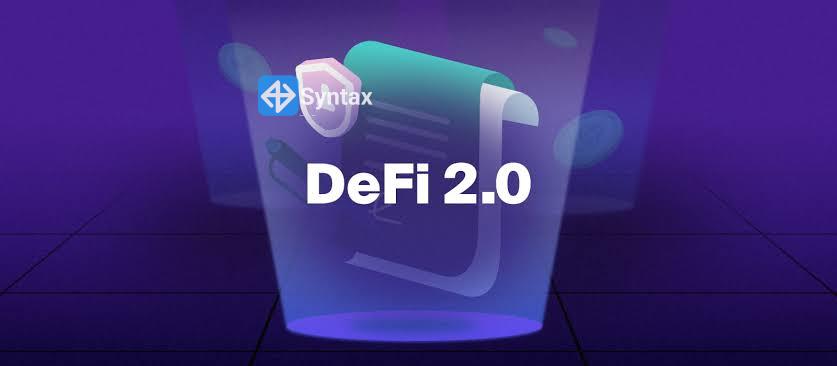Here’s how it works in plain terms:
1. You own an NFT — it could be a valuable piece of digital art, a gaming asset, a collectible, or even a tokenized real-world asset.
2. You lock it in a smart contract on a lending platform that supports NFT collateral (e.g., NFTfi, Arcade, BendDAO).
3. You borrow funds (usually in crypto like ETH, USDC, or DAI) against the NFT’s appraised or agreed value.
4. You pay interest over time, just like a normal loan.
5. You get your NFT back when you repay the loan in full.
If you fail to repay, the lender gets your NFT — much like a bank forecloses on a house if you stop paying the mortgage.
Why people do it
- Liquidity without selling: You can unlock value from your NFT without losing ownership (assuming you repay).
- Leverage: Some traders use borrowed funds to buy more assets.
- Short-term expenses: You might want quick capital without dumping a long-term hold.
Risks
- Volatility: NFT prices can swing wildly. If the value drops too much, you might get liquidated early.
- Illiquidity: Some NFTs are hard to value or sell, which can make loans more expensive or harder to get.
- Losing your NFT: If you can’t repay, it’s gone.
Platforms:
- Various platforms like Arcade, JPEG'd, Drops, and NFTfi facilitate NFT-backed loans.



